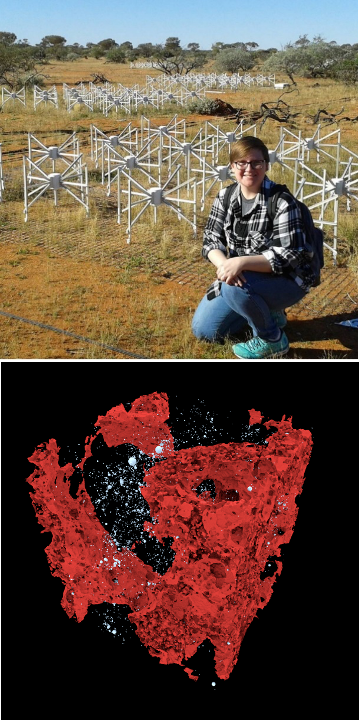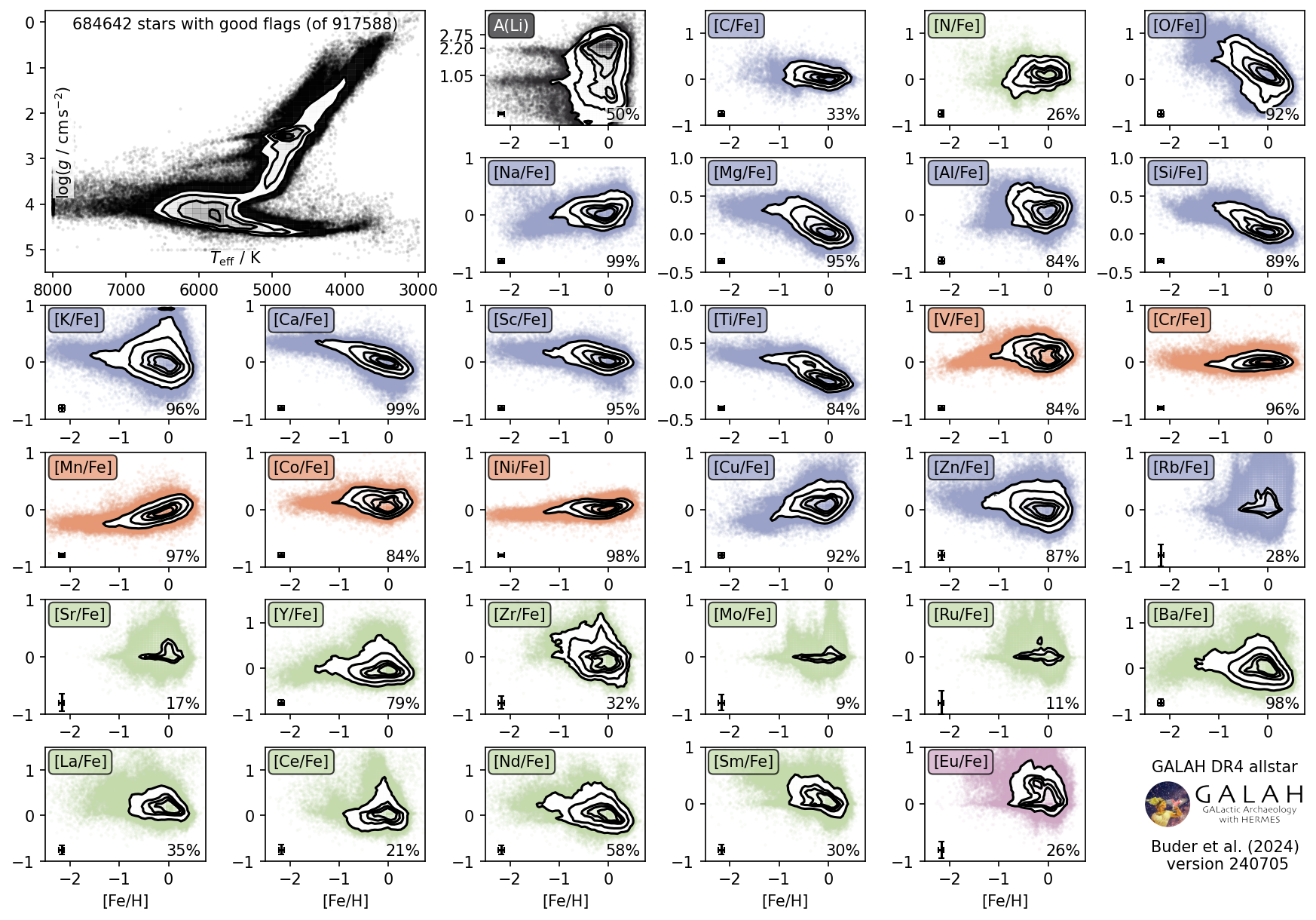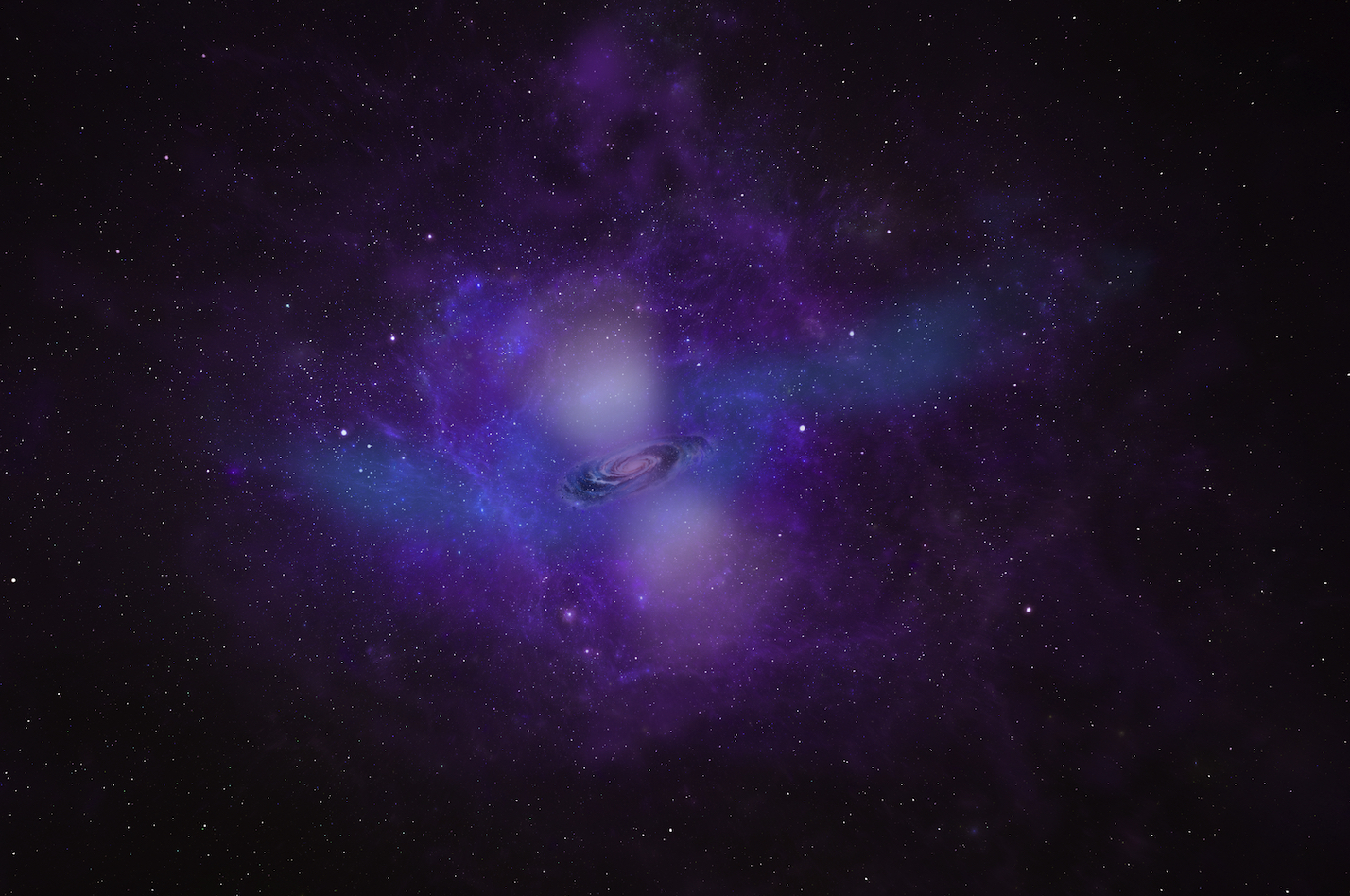 Research using new
antennas in the Australian hinterland has reduced background
noise and brought us closer to finding a 13-billion-year-old
signal
Research using new
antennas in the Australian hinterland has reduced background
noise and brought us closer to finding a 13-billion-year-old
signal
The early Universe was dark, filled with a hot soup of opaque particles. These condensed to form neutral hydrogen which coalesced to form the first stars in what astronomers call the Epoch of Reionisation (EoR).
“Finding the weak signal of this first light will help us understand how the early stars and galaxies formed,” says Dr Christene Lynch from ASTRO 3D, the ARC Centre of Excellence for All Sky Astrophysics in 3 Dimensions.
Dr Lynch is first author on a paper published in Publications of the Astronomical Society of Australia. She and her colleagues from Curtin University and the International Centre for Radio Astronomy Research have reduced the background noise in their observations allowing them to home in on the elusive signal.
The team worked with new equipment installed on the Murchison Widefield Array (MWA), a radio telescope situated inland and some 800 kilometres north of Perth.
The MWA started operation a decade ago. One of its aims is to find the radio wave signature of that first light, known as the Epoch of Reionisation, or “EoR.”
It comprises multiple low-frequency “antenna tiles” which work together to search the sky for the faint remnant of the out-pouring of ionised hydrogen atoms that accompanied first light, which began around 500 million to one billion years after the Big Bang.
Recently the number of antenna tiles was doubled from 128 to 256, significantly extending the land area occupied by the facility – and greatly upping its power.
By combining some of the existing tiles with 56 of the new ones, ARC Centre of Excellence for All Sky Astrophysics in 3 Dimensions scientist Dr Christene Lynch and her team were able to run a new sky experiment, called the Long Baseline Epoch of Reionisation Survey (LoBES), to refine the hunt for the long-sought signal.
“Our challenge is that the Universe is very, very crowded,” Dr Lynch explained.
“There are too many other radio sources that are much brighter than the EoR signal lying between it and us. It is like trying to hear someone whispering from across the room, when between you and that person there are thousands of other people shouting as loudly as possible.
“By using the new tiles and thus expanding the physical area over which the antenna work we were able to reduce a lot of that interference. As more and more of the tiles are added in, we’ll have a much better chance of finding the echo of that first light.”
Dr Lynch worked with colleagues from ASTRO 3D and the Curtin University node of the International Centre for Radio Astronomy Research.
They surveyed more than 80,000 radio signal sources, taking 16 spectral measurements for each. Running the results, they produced real and simulated models in which the noisiest foreground radio signals were reduced by a factor of three.
“The Epoch of Reionisation signal started life as a hydrogen atom radio wavelength of 21 centimetres,” explained Dr Lynch.
“Over the intervening billions of years it has been stretched and grown very, very faint. It’s clear that our new LoBES sky model will significantly improve efforts to properly locate it.”
Co-author Professor Cathryn Trott, an ASTRO 3D Chief Investigator with ICRAR and Curtin, added: “This is our deepest and most detailed view to-date of the radio sky in these EoR fields, and this new catalogue provides us with a cleaner path to locating the EoR signal – a detection that will be a very major achievement for astronomy.”
Available for interview
Dr Christene Lynch, christene.lynch@curtin.edu.au
Images
Animation and stills available at www.scienceinpublic.com.au
- Dr Christene Lynch at the MWA (credit Dr Christene Lynch)
- Still from Epoch of Reionisation video (credit Paul Geil & Simon Mutch)
- Video at https://www.ph.unimelb.edu.au/~smutch/dragons-media.html
- MWA on Google Maps: https://bit.ly/3dUts6N
Paper details
The Long Baseline Epoch of Reionisation Survey – I. Improved Source Catalogue for the MWA EoR 0 field
DOI: https://doi.org/10.1017/pasa.2021.50
Authors
- R. Lynch,1,2 T. J. Galvin,1 J. L. B. Line,1,2 C. H. Jordan,1,2 C. M. Trott,1,2 J. K. Chege,1,2
- McKinley,1,2 M. Johnston-Hollitt,1 S. J. Tingay1
1International Centre for Radio Astronomy Research – Curtin University, 1 Turner Avenue, Bentley WA 6102, Australia
2ARC Centre of Excellence for All Sky Astrophysics in 3 Dimensions (ASTRO 3D), Perth, WA 68
This scientific work makes use of the Murchison Radio-astronomy Observatory, operated by CSIRO. We acknowledge the Wajarri Yamatji people as the traditional owners of the Observatory site.
Support for the operation of the MWA is provided by the Australian Government (NCRIS), under a contract to Curtin University administered by Astronomy Australia Limited.
We acknowledge the Pawsey Supercomputing Centre, which is supported by the Western Australian and Australian Government.



